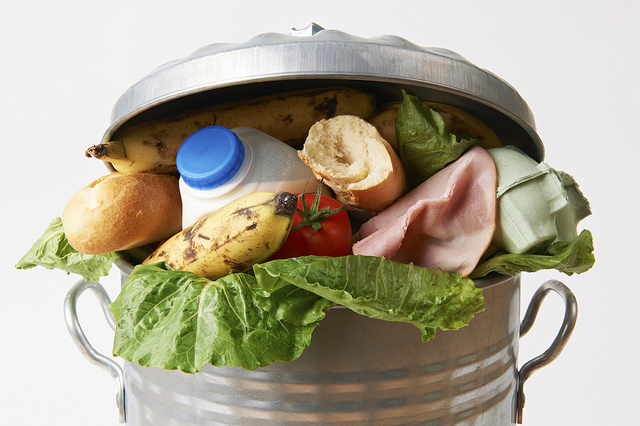Yesterday, we talked about how much food waste actually happens around the world, and shared some pretty shocking food waste statistics. They say knowing is half the battle, but the other half is figuring out what you’re going to do about it. And what better place to start looking at food waste than in your own kitchen? We’ve done a little research and a little brainstorming, and created a roundup of tips to help you curb food waste at home.
Here’s How to Reduce Food Waste in Your Own Kitchen
- Create a Shopping List and Stick to It. Going to the supermarket without a shopping list is just as bad as going to a grocery store hungry. It will almost always result in impulse purchases that you don’t need. Create a list before you head to the store, and stick to it to avoid buying things that you might not use or eat.
- Use ALL the Perishables in Your Pantry and Fridge. Later this week, we’re going to talk about how to be more creative with your weekly meals, and how to incorporate seemingly unrelated ingredients into a tasty family dinner. One way to really get into the groove of being creative in the kitchen is to make it a weekly family game, where everyone contributes to the final meal.
- Start Shopping Weekly for Food. Switching up your shopping routine to shop more frequently might seem more wasteful and expensive, but in reality, it forces you to buy only what you need for the week. When you’re shopping for produce and fresh meat, that can significantly cut down on your food waste, since it leaves less time for produce and meat to go bad.
- Avoid Buying Produce in Bulk. Purchase loose vegetables and fruits. While buying food in bulk has become a pretty standard thing (at least in the U.S. where Costco and Sam’s Club are becoming larger than some grocery store chains), purchasing perishables in bulk usually ends up in waste. Instead, go to your local farmer’s market and purchase loose produce that you know you’ll need for any recipes or dinners you plan to make over the next few days. If you run out, no biggie – just pop over on another day to pick up a little more. When it comes to minimizing food waste, it’s always better to under-purchase rather than to over-purchase.
- Decrease Serving Sizes at Home. A lot of people end up throwing away perfectly good food because their plate at lunch or dinner was too large and the serving size too big. That’s food that could easily be stored for leftovers or lunch the following day. To avoid over-serving your family or dinner guests, re-think serving sizes and opt for smaller dinner plates that will help keep portion sizes manageable. If guests want more, there’s always seconds!
- Choose produce that’s abnormal looking. Most consumers avoid fruits and vegetables that look funny or are oddly shaped. That means that there’s a much higher than normal chance that these pieces of produce will go un-purchased and end up being thrown out by the grocer.
How do you try to control food waste at your home? Do you have any tips to share with our community? Let us know in the comments!





